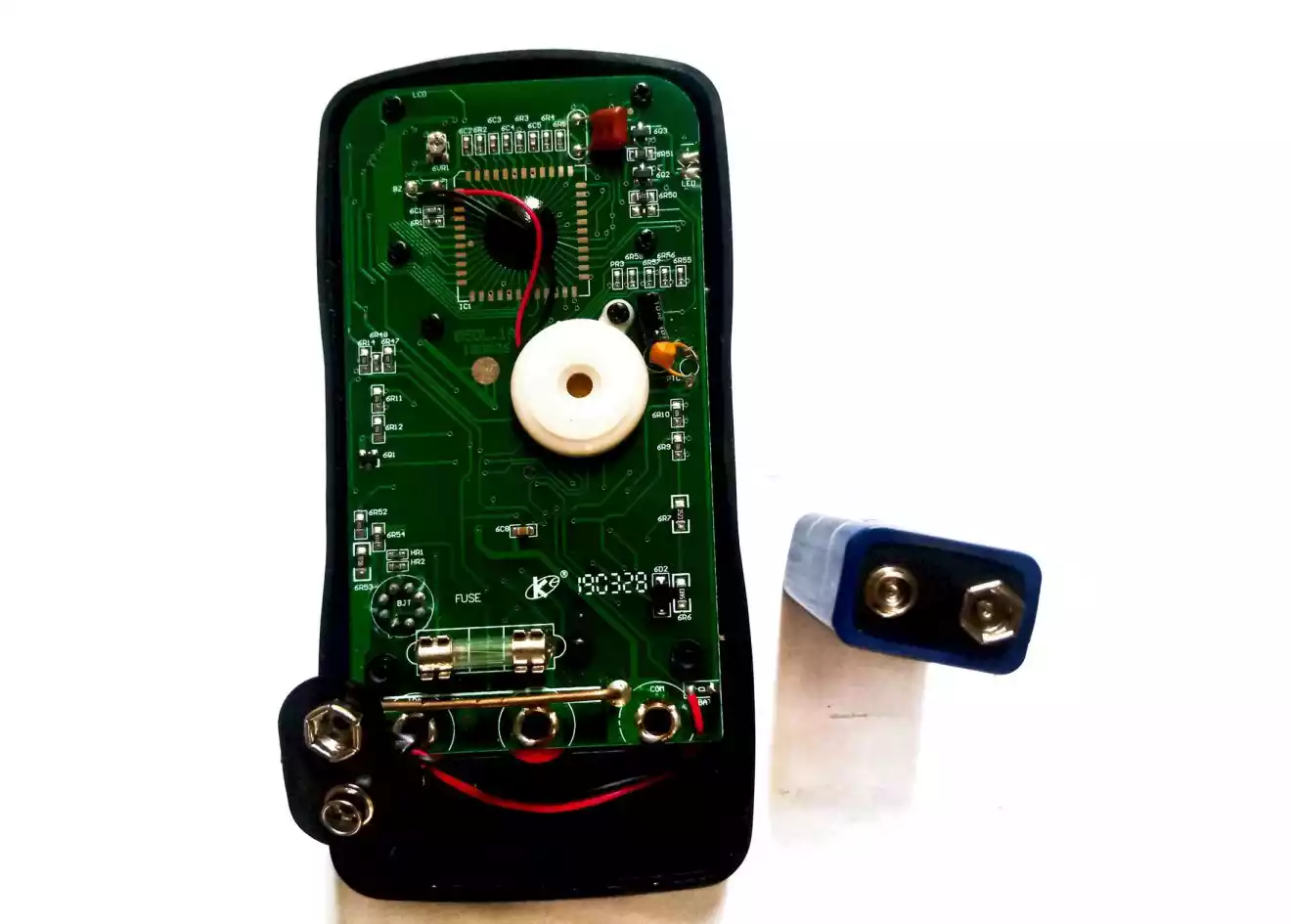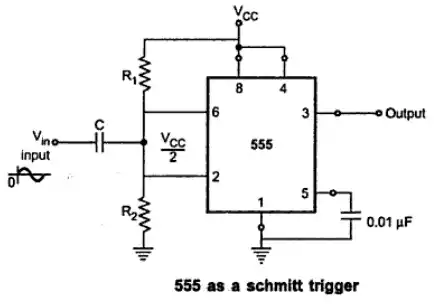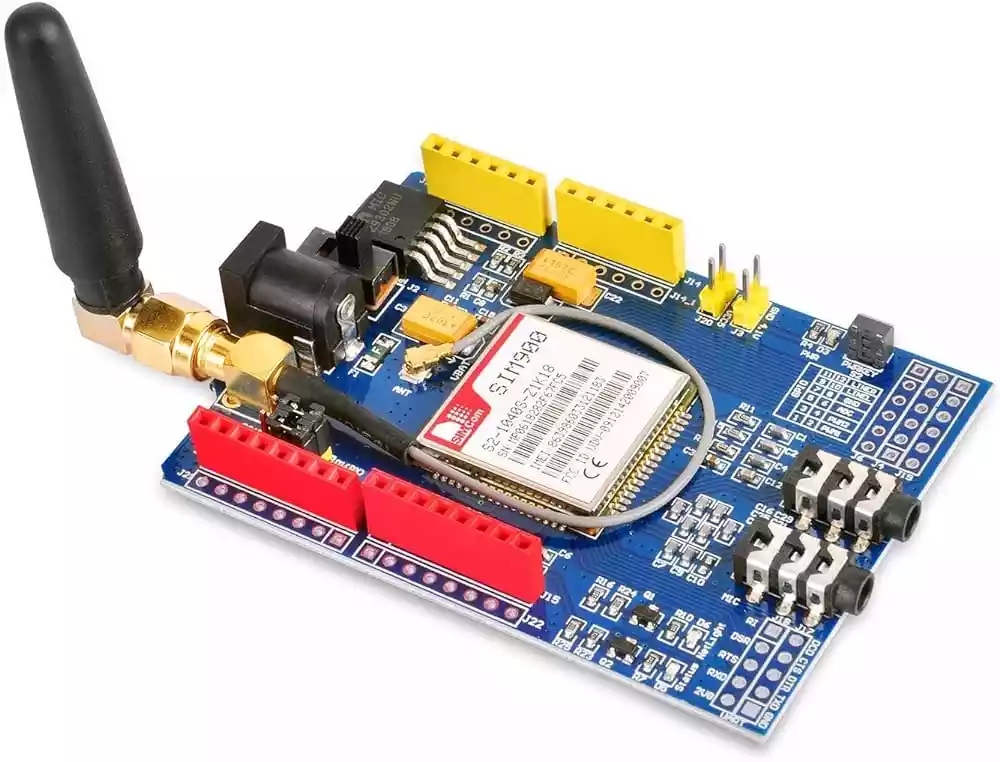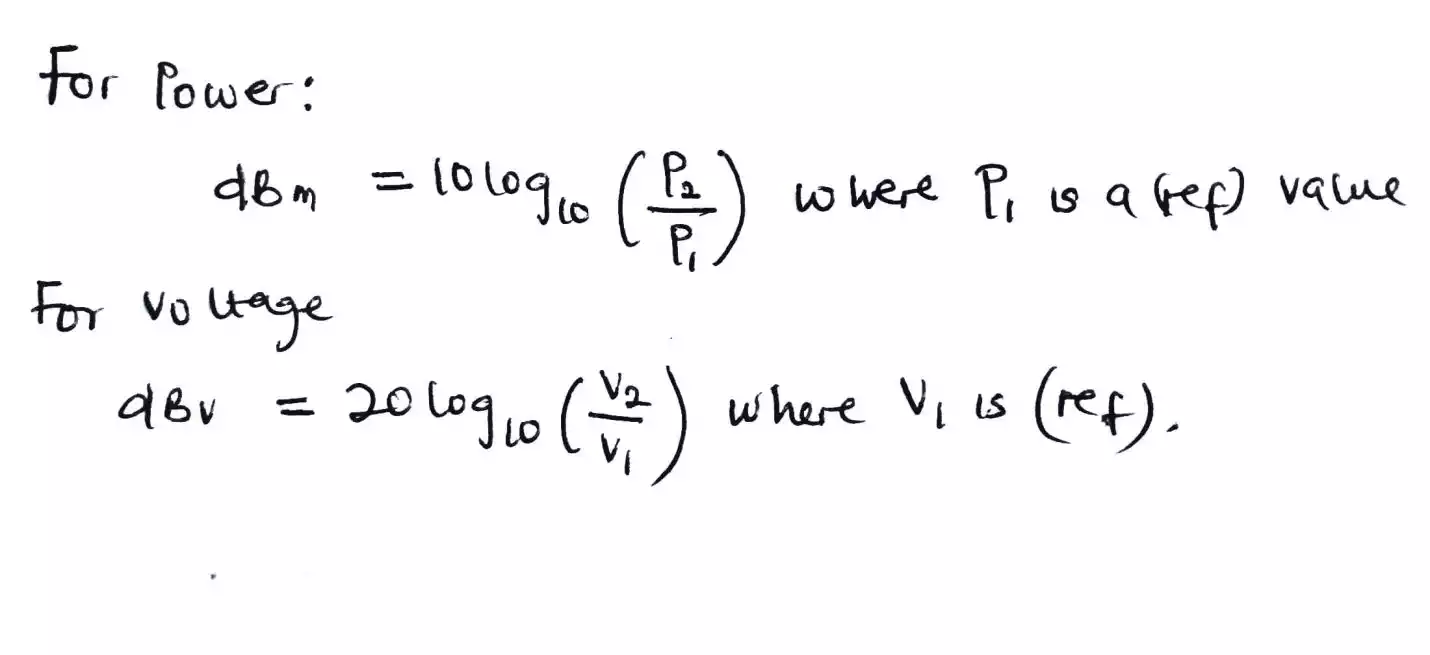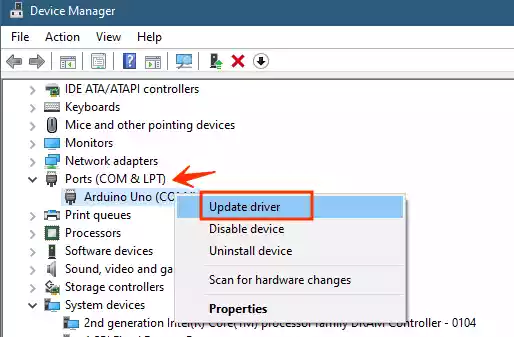What Is Electricity and How Does It Work? A Simple Explanation
Electricity is basically what flows through a wire or a conductor and then power up our light bulb, TV, and other electronic gadgets at home. And it works by letting tiny particles called electrons to flow or move through a conductive closed path.
In essence, a wire which is a conductor allows those electrons to flow through it resulting in what is called electric current or electricity.
.webp)
But to understand what electricity is and how it works on a deeper level, we need to zoom down to zero and understand the physics behind it.
Atom - where the journey began
At the very first stage, every material consists of atoms, and every atom consists of a nucleus and a shell around it. This nucleus contains a proton and neutron because they are heavy while electron which is said to be lighter than proton and neutron, revolve around the nucleus (at the rate of speed of light) while leaning on the shell.
.webp)
The protons are said to be positively charged, while the electrons are said to be negatively charged and lastly the neutrons you guess it, are neutrally charged.
The number of shells an atom has depends on the atom. For example,silicon Si, has an atomic number of 14, and copper cu has an atomic number 29.
But the shells also have some configuration or the number of electrons it can hold following the pattern of 2 for the first shell which is the closest to the nucleus, and then the next shell which must have a maximum electron of 8 and the next 18, and next 32 and so on.
.webp)
The reason why the number of electrons on each shell is important is that an atom is said to be in a stable state if the number of electrons in its outermost shell also called valence electrons is complete.
Another thing to note is that the number of protons in the nucleus of an atom is said to be equal to the number of electrons an atom has. So due to this condition of an atom having the same number of protons and electrons, the atom is said to be in a neutral or ground state, and it is regarded to be the lowest energy level of the atom.
To decrease or increase the energy level of an atom, we need to increase the number of electrons and protons respectively, resulting in excess electrons making the atom to be negatively charged and then the excess of protons that are positively charged.
These electrons are what make up electricity (kind of interesting from their names) and since electrons are lighter in weight, they can easily move because electricity can be referred to as an electric current and electric current is the flow of electrons.
Note
An electron is what flows but proton is considered as the deficiency of electron
But how do electrons move through a wire or a conductor?
A conductor consists of many atoms like copper. That’s why sometimes we refer to some wires as copper wires because copper is an atom that has loosely bonded electrons in its outermost shell hence it is conductive.
As a copper atom has an atomic number of 29, sketching out the schematic for the atom, we can see that it has one electron in its outermost shell called valence electron.
This single electron is loosely bonded and since a conductor consists of many copper atoms, the electrons move in a random pattern which cannot be used form making electricity flow.
.webp)
So to make it useful i.e. flow in a certain or define direction (so it ends up being an electric current), a force is applied, and this force is referred to as a voltage source (e.g. a battery or energy from the power plant).
As the force is applied, it pushes those loosely bonded electrons by knocking them out from their position and allowed to move through the conductor provided that there is at least one closed path. Because electricity is intelligent, and it flows through the path with the least resistance or push-back.
.webp)
As an electron is negatively charged, using a battery as an example, the force pushes the electron from the negative side of the battery through the load which can be a light bulb and then back to the positive side of the battery.
.webp)
This idea might seem kind of confusing but yeah that is the way it is even though the electric current is said to be flowing from the positive side of the battery down to the negative side which is a misconception made by the early scientist.
But what if a load is not connected between the terminal of the battery, then it is considered to be a short circuit which can damage the battery and that’s why for electricity to be useful, there must be a load to utilize the electricity and also must flow through a conductive closed path.
what are the Types of electricity?
You might be curious as I’m on what are the types of electricity we have. The simple answer is, there are two types of electricity.
- Static electricity and
- Electric current or current electricity
The whole concept of electricity that we’ve been discussing is the same for both static and current electricity because electrons are what flows. But the reason why there are two types is the mode in which they exist.
Static electricity
Static electricity refers to a type of electricity that flows and results in some spark or shocks during summer (or cold season) when you try to get on the bed or when you want to open a door. This zapping or shock occurs in a short period and is not continuous hence it is static.
Current electricity
Current electricity is a type of electricity that can flow continuously which makes it more dangerous than static electricity. This type of electricity can be gotten from a battery, a solar cell (or panel) that converts light to electricity, magnets cutting across conductors, and from the power generation station.
Current electricity is further divided into two types of current the Direct current and the Alternating current.
What are Alternating current (AC) and Direct current (DC)
D.C is referred to as direct current i.e. a current that flows in only one direction hence doesn’t fluctuate. e.g. is the electric current or electricity from a battery.
AC is referred to as alternating current i.e. a current that flows back and forth. This type of current electricity is what flows through our home appliances and the reason why it is chosen to be used at home is that it is easily transferable using a transformer as compared to a d.c which cannot be easily transferred or transformed.
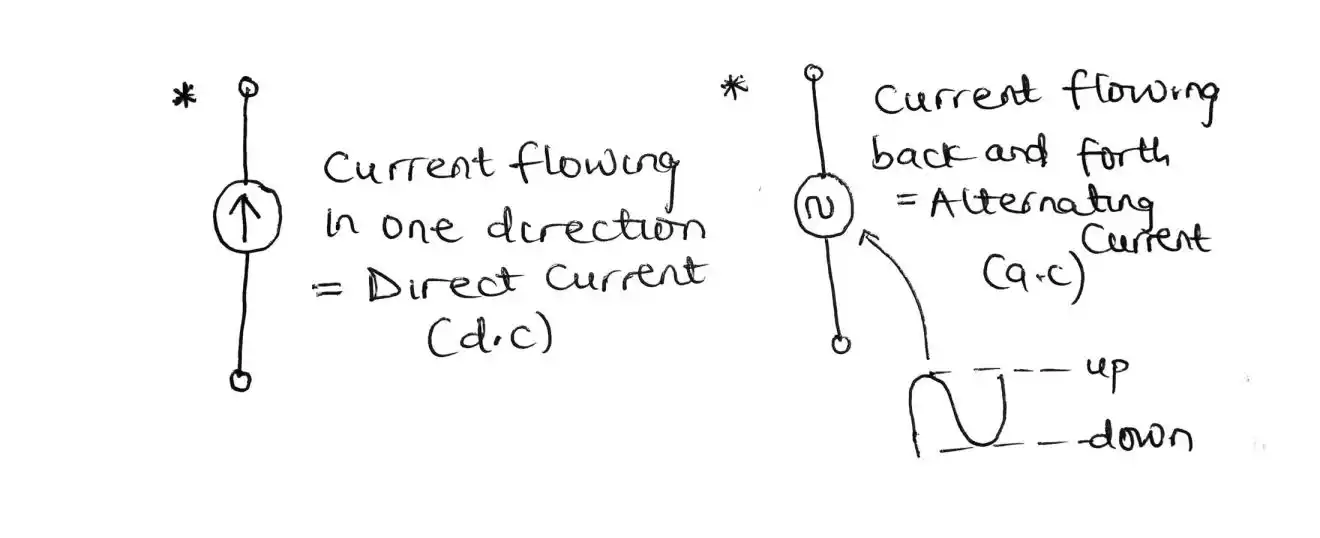
Another fascinating thing about alternating current is that as it flows back and forth, it creates a magnetic field around the conductors which is what allows us to have transformers. So with this, I believe that this post demystifies what electricity is and how does it work.

